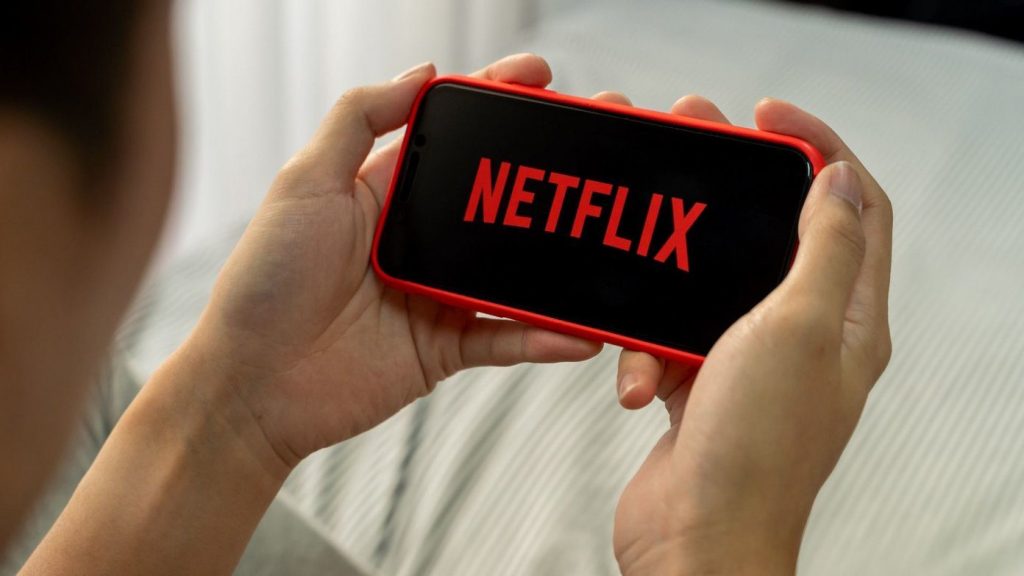Data: 6% of US watch TV exclusively on mobile devices
June 21, 2024

Data from the DASH 2023 TV Universe Study show that 6 per cent of US households now watch TV exclusively on mobile devices, an increase of more than a million homes since 2022. Driven primarily by younger viewers, the rise of device-only TV households highlights the need to redefine the basis of TV audience measurement to include all households consuming TV signals, not just those who own TV sets.
The Advertising Research Foundation (ARF) has renewed its call for a migration from the traditional basis of measurement, ‘TV Households’, to the more comprehensive ‘TV-accessible’ households. The ARF first called for the adoption of TV-accessible (TVA) households in March 2023, based on the results of DASH 2022. ‘TV set-less’ viewing has gone up significantly in the intervening year, increasing the urgency of the shift the ARF is proposing.
Run annually in collaboration with NORC at the University of Chicago and a technical committee of measurement experts, DASH produces a dynamic data map of how Americans connect to and consume TV. Conducted online, in-person and by phone, DASH is based on a national probability sample of more than 10,000 adults to produce reliable, projectable results for the benefit of the media industry.
“The trend toward TV access exclusively on mobile devices shows no signs of letting up, particularly because younger households drive the trend. Not surprisingly, younger households are behind many of the dynamics changing the shape of TV, as highlighted in the DASH 2023 report,” said Paul Donato, Chief Research Officer at the ARF.
DASH 2023 Report highlights
Penetration of paid AVoD services more than doubled in 2023 – Reflecting a shift back to ad-supported TV, paid AVoD penetration in the US rose from 17 per cent in 2022 to 45 per cent in 2023, while the penetration of SVoD services fell from 79 per cent to 72 per cent.
Younger households disproportionately drove the changes in paid streaming – Households headed by people 18-54 were much more likely to subscribe to streaming services, and more of them, than those headed by people 55+. In 2023, 10 per cent of younger households went without a paid streaming TV service, and 62 per cent had three or more. In contrast, 28 per cent of older households had no paid streaming TV subscription, and 41 per cent had three or more. Younger households were also more likely than older households to add subscription and shift tiers within services, but older households were more likely to cancel services (especially SVoD) outright.
Adoption of AVoD services was far less influenced by household income than SVoD was – The income effect in AVoD was fairly flat, suggesting that providers have been successful in finding price points that “democratise” AVoD and its ad base.
The crackdown on Netflix password sharing worked – In May 2023, Netflix introduced restrictions designed to limit password sharing outside of subscriber households. The percentage of Netflix accounts shared with outside relatives dropped from 36 per cent in 2022 to 28 per cent in 2023, and, with friends, from 13 per cent to 9 per cent. Interestingly, sharing levels among Disney+ and Prime Video subscribers also fell year over year, though neither company took action in 2023 to limit sharing in the US.
Broadband Only (BBO) access may have plateaued in 2023 – The share of households classified as BBO for TV reception has grown two to three points a year since DASH was launched in 2021. For the first time, however, there was no growth in BBO between the spring and autumn waves of 2023. The effect held true regardless of whether vMVPDs were included in BBO or, consistent with an emerging convention in the industry, excluded and reclassified as Pay. Still, there is a growing body of evidence that the distinction among the three traditional modes of TV access (Pay/BBO/OTA) is blurring.
Virtual MVPDs gained traction with older households – Households headed by people 55+ were more likely than their younger counterparts to take on a vMVPD to watch linear TV, suggesting that those services have mainstreamed. Another interesting development was the launch of limited live television through the paid streaming services Paramount+ and Peacock. Those ‘light MVPDs’, which deliver local and network programming from CBS and NBC, respectively, added live TV access to 6 per cent of US households that previously had none.
